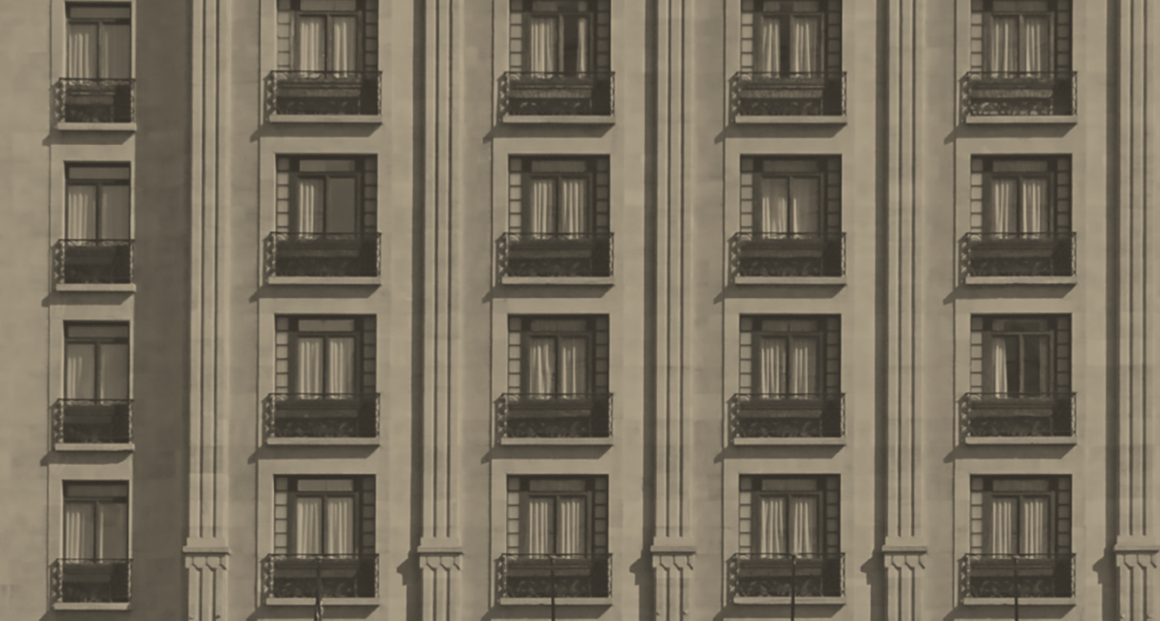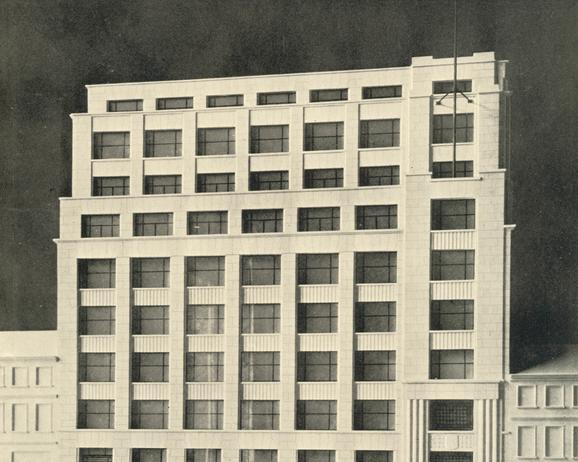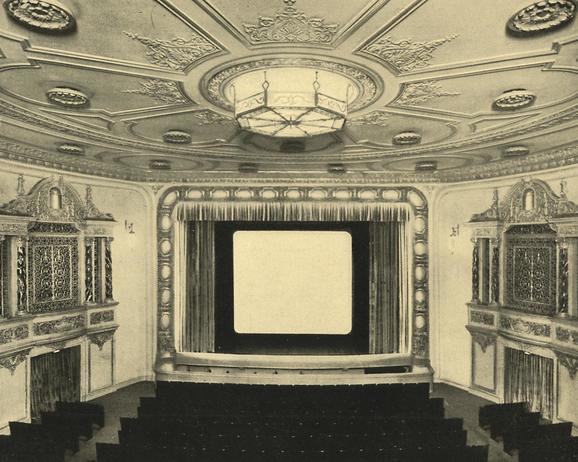The exhibition on show at the Villa Empain offers a discovery of the work of architect Michel Polak (1885-1948), author of the Villa Empain but also of the Résidence Palace (today the International Press Centre and the Council of the European Union), of the George Eastman Dental Institute (today the House of European History) and the headquarters of the Régie des Téléphones et des Télégraphes (today the administration of the French Community Commission).
Behind his abundant decorations, Michel Polak hides a technical research meant to respond to the so-called "modern" comfort. His work bears witness to a social and economic transition that took place during the first half of the 20th century. With the Résidence Palace, the architect proposed new ways of urban living and questioned the concept of material property. The cinemas and hotels on the main boulevards in the city centre testify of Brussels' newly acquired status as a cultural and touristic hub, comparing with other major capitals in Europe. Mirroring the 1925 International Exhibition of Paris, the architect also imagined projects combining the designs of craftsmen and the skills of engineers.
The exhibition offers a rereading of Michel Polak’s work in the light of the historical, technological and stylistic upheavals of the time, showing Polak both accommodating himself to and standing out from the prevailing aesthetics, reinterpreting the codes, absorbing the discoveries of his time and positioning himself vis-à-vis his contemporaries. Rare archive documents, historical photos, original plans and films that haven’t been shown before, shed new light on the architect’s work.


